Potato chips, those crispy, irresistible snacks that have conquered taste buds worldwide, have an intriguing history and cultural impact in different regions. Whether they are in an individual bag in a lunch box, crushed on top of a casserole or simply a late night snack, we all have some kind of history with the humble potato chip. So lets delve into the journey of the modern potato chip from its origins to our dining room table here in Okinawa, Japan where we tasted the unique flavors popular in the region.
The Evolution of Potato Chips:
While we won’t go into the history of the French fried potato in this blog post, it’s important to know that the french fry is the predecessor of the potato chip. In 1853 in Saratoga Springs, New York, George Crum was a chef at a resort named Moon Lake Lodge. French fries were already popular in the US and were on the menu at this particular lodge. A diner (probably a Karen, but no one can be sure) complained about the thickness of the french fry and demanded that Crum, the chef, cut them thinner. Can you imagine someone asking at McDonalds to have a thinner french fry? Anyway, Crum, being a much more understanding Chef than I, went back to the kitchen and cut them thinner. I imagine they went from Red Robin to McDonalds at this point…Karen still didn’t like the finished product. So she asked to speak with the chef again and bless his heart he went out and listened to her complaints and went back in and cut them even thinner. Now, of course I can’t know…but I imagine they went from McDonalds to Freddy’s…At this point I’m sure the extremely nervous server presented these new fries to Karen and when she yet again deemed them “too thick” he probably went back to the kitchen and very timidly told the chef…yet again…that these fries were way to thick.
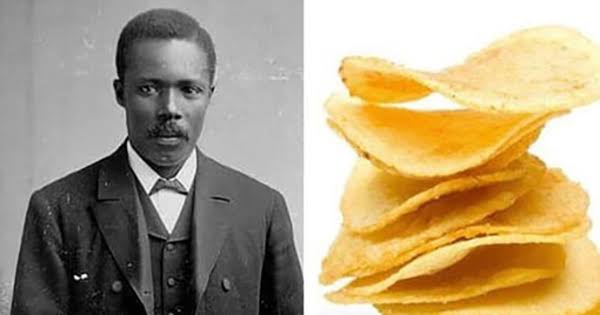
Now at this point, I have worked in enough kitchens to imagine Chef Crum’s reaction. He probably yelled, threw down his tongs, and said, ‘oh really?!?!?!? OK! Let’s see how she likes THIS!!!!” He then shaved the potato so thin that no one in their right mind would like them. He fried them so they were crisp and brittle. “Tell me what she thinks about that!!!” I’m sure Crum said…Can you imagine his surprise when the server came back to declare that she loved them?!? I am getting a little chuckle out of what his face must have looked like.
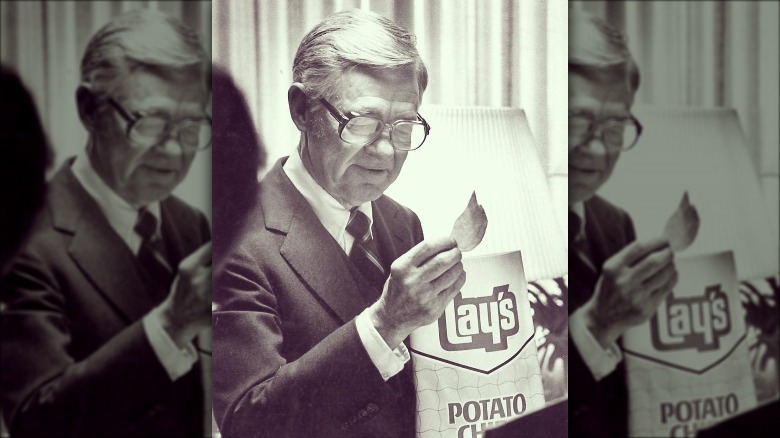
The original name for this invention was “Saratoga Chips” or “potato crunches”. These potato crunches were made, packaged and sold in New England. In 1895, a man named William Tappendon started manufacturing and selling the chips out of Cleveland, OH. Fast forward to the 1920s when a man named Herman Lay (sound familiar?) started selling chips out of the trunk of his car in the Southern region of the United States. At that point, chips were still sold like french fries. They had to be made and sold immediately before consumption. Until 1926 there was no way to keep the potato crunches fresh…until the owner of a potato factory in Monterey Park, CA named Laura Scudder invented a wax paper bag to keep them fresh!
What’s in a Name?
Now, this popular snack has a number of different names depending on the region. In America I’ve never heard them called anything other than chips. The only thing that is specified is “potato” chip or “tortilla” chip. But mostly that’s on menus or on the bag. I’ve never heard someone say “potato chips” rather than “chips”.
But America isn’t the only place that simply calls them chips, all of North America, Australia, Singapore, Jamaica, South Africa and apparently Japan (at least that’s what’s on the bag) all call them “chips” as well. In Ireland and the UK they are called “crisps”. Crisps are almost identical to chips but they are soaked in water first to help remove some starch. Personally I like New Zealand. In New Zealand they call fries “hot chips” and potato chips that we would buy from the grocery store in a bag, “cold chips”. That clears it up…doesn’t it?
How Did They Get Here…?
Potato chips reached Japan in the early 20th century through trade with the United States. Okinawa, being a hub of commerce and influence, saw the arrival of this novel snack in its markets. As a result, the once traditional Okinawan palate experienced a delightful addition with the introduction of the crunchy and flavorful potato chips. I couldn’t find anymore than that on how chips entered the Okinawan culinary scene or how Okinawa started creating their own chips. My very uneducated guess is that like anything else, Okinawa manufacturers saw a way to adapt it to Japanese markets.
It’s WHAT Flavor?
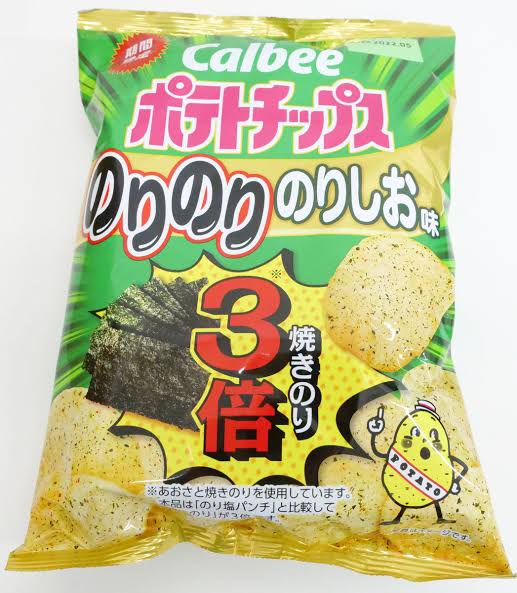
While traditional flavors like salt and vinegar are popular, Okinawans have taken the art of chip seasoning to another level. Locally sourced ingredients such as seaweed, shikuwasa citrus, purple sweet potatoes, and goya (bitter melon) create a wide array of distinct and mouthwatering chip varieties. While I have not found shikuwasa chips yet, or the purple sweet potato, I did find seaweed and Goya! Our first tasting video we tried twelve different flavors. Mostly Calbee brand. Calbee is a very well known brand in Japan. We tried pizza flavor, seaweed, bonito (dried fish flakes), steak, connsume both chicken and beef, a few spicy ones, plain salt, two types of honey butter and a pickled plum.
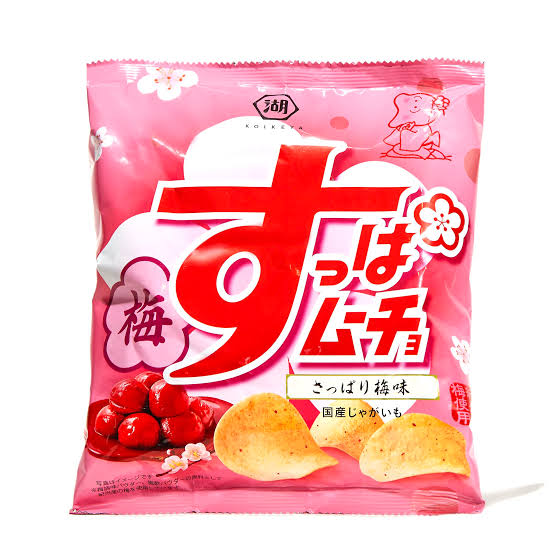
I was most surprised by the honey/butter and the pickled plum! They were delicious! As I suspected, the bonito flakes flavor didn’t really get anyone’s vote. But hey…we are Americans and we’ve only been here a month!
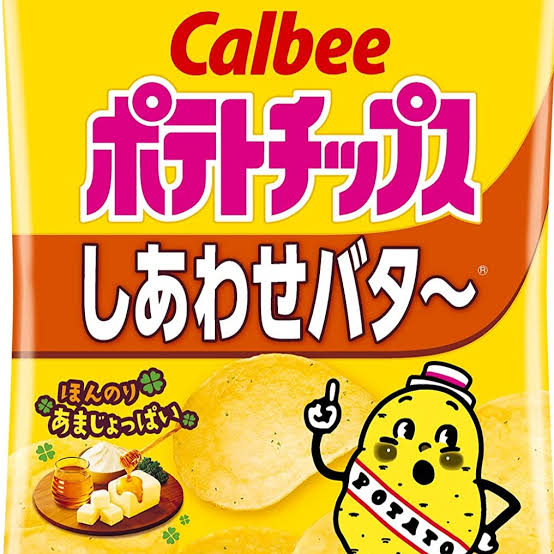
The history of the potato chip is a fascinating tale that has traversed continents and found a special place in the hearts of people worldwide. A fun snack that America has gifted to the world. In Okinawa, this crispy delight has been embraced with fervor; with unique and locally inspired flavors adding a distinct touch to the snacking experience. Whether you’re a visitor to the region or a local food enthusiast, exploring the world of Okinawan potato chips is an adventure for the taste buds that should not be missed.
So, the next time you find yourself in Okinawa, make sure to try out these delightful chips and savor the rich flavors of this Japanese culinary gem.
Leave a Reply